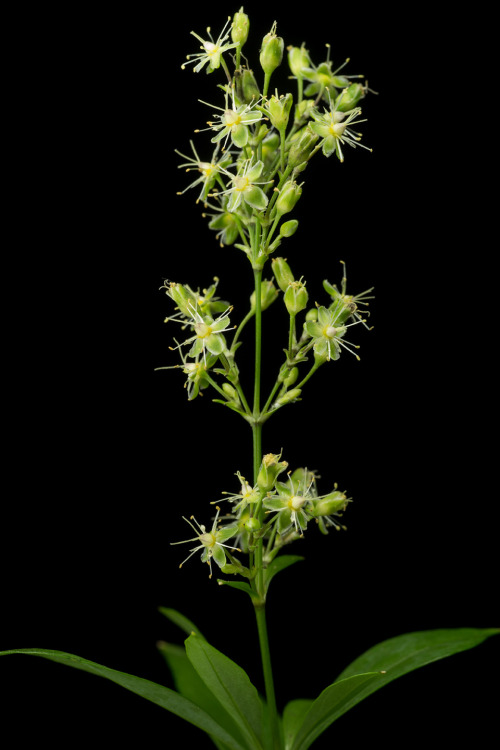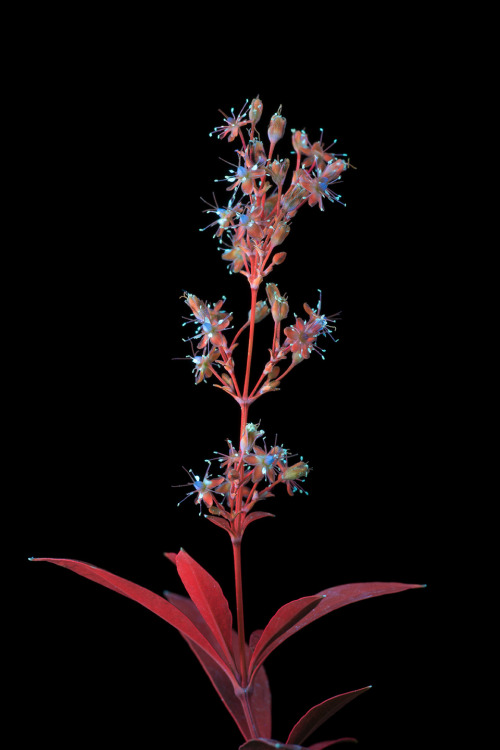Schiedea admantis is certainly the most rare plant I had the privilege to photograph while on assign
Schiedea admantis is certainly the most rare plant I had the privilege to photograph while on assignment on Oahu with its extremely narrow endemism inhabiting less than 3000 square feet inside of Diamond Head crater (Lē’ahi). The environment it grows in is harsh, requiring it to endure strong wind, intense light, drought, and high temperatures which together make it especially threatened by the effects of a changing climate. Further, as is the case with many native and endemic Hawaiian plants, the incredible abundance of introduced species poses a further human-driven threat to this unique species. First described as a species in 1977, its population was already very small with fewer than 80 individuals found in a 1984 survey, and between 2 and 30 wild individuals in the modern day. The conservation guidelines for it call for preservation of existing populations, but also for ex-situ (out of habitat) cultivation in parity to preserve as much of the genetic diversity as possible. The Lyon Arboretum is responsible for plenty of these conservation efforts and luckily enabled this rare opportunity to document the species with UVIVF photography. While first illuminating the flowers with my 365nm ultraviolet source each flower bore several bright spots which I didn’t realize until later were droplets of nectar clinging to the filaments supporting the anthers. Schiedea is a Hawaiian-endemic genus and after looking at a paper on them it seems this trait is shared broadly among its constituent species as the stamen and nectary are basically fused at the base, but quite curiously is not universal since some Schiedea have diverged to wind-pollination! These sorts of variations allow this genus to serve as a model for how the Hawaiian flora has evolved its various breeding systems. -- source link
Tumblr Blog : conspectusargosy.tumblr.com
#schiedea#endemic#hawaii#species#native#glowing#endangered



